
Create an Online Portfolio: Benefits and Building Tips
Calling all artists, designers, photographers, and anybody else working in the creative sphere: this article is for you! However, even if you are not directly involved in the arts, don’t click off just yet. We might still surprise you since the information we offer today aims to inspire you to create a website dedicated to your art, work, skills, and interests. We are here to talk about digital portfolios and why they are crucial for anyone. Do you need an online portfolio to make a name for yourself? Yes, definitely!
LinkedIn, Instagram, Pinterest, Facebook pages, etc., are great. But do you know what’s even better? A personal website to tell the world who you are and what you do best. A digital portfolio gets your name out there, generates credibility, and – if designed well – it gives you that WOW factor making you stand out from the competition.
So if you don’t have a digital portfolio yet, now is the perfect time to create an unforgettable one that will have visitors rushing to admire your talents and see what you have to offer.
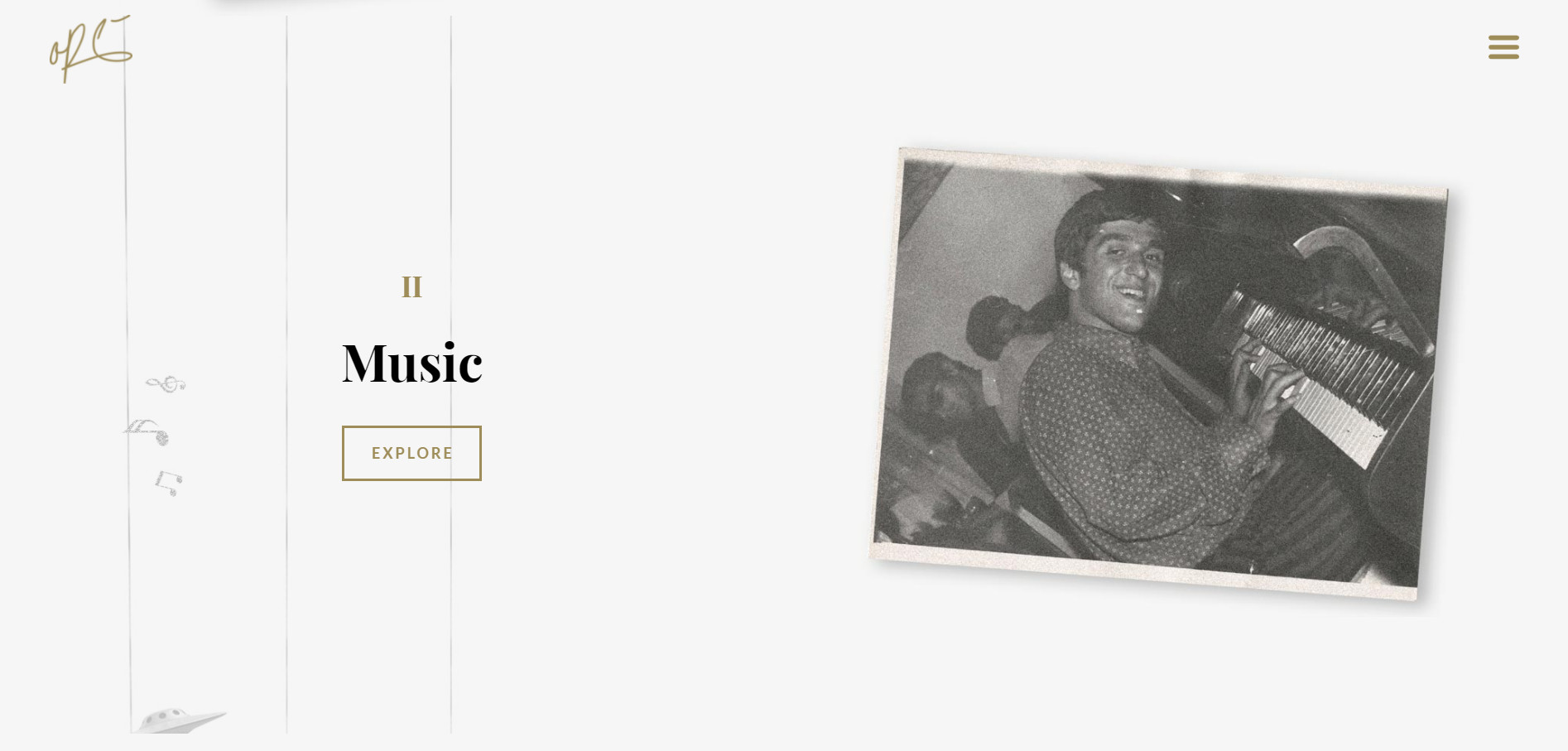
What Is an Online Portfolio?
So, what exactly is a digital portfolio?
Let’s start with a simple portfolio definition: a (digital) portfolio is a personal website, usually dedicated to showcasing some form of work – photography, architecture, web design, content creation, music, illustrations, fashion designs, tech innovations, or anything in between.
With an online portfolio, you can display your best projects, provide personal information, offer your services, and even include an online store.
The main benefit? Everything is in one place and not scattered across various social media platforms. Creating a digital portfolio is like combining your Instagram, LinkedIn, Deviant Art page and resume, and choosing the most important, impressive information. People interested in your work – from supporters to potential clients and future employers – will be able to carry out a quick background check and get everything they need in one place. And that’s only the beginning.
It’s safe to say that anyone can benefit from having a personal website, but some career paths call for it.
For example, if you are a designer, photographer, videographer, architect, web or graphic designer, visual artist, musician, web developer, or even a marketing and branding specialist, having an online portfolio is necessary.
However, you don’t necessarily need to work in the creative fields to create one. These days, many people improve their online presence by building websites and showcasing their work via an online portfolio. Moreover, some of the benefits we are about to discuss below can apply to various industries, so take a read before deciding whether a portfolio is irrelevant to your industry.
With that being said, let’s dive into the numerous benefits that a personal online portfolio can provide.
The Benefits of an Online Portfolio
Having an online portfolio can open a lot of new doors to unparalleled opportunities. Let’s go through some of them!
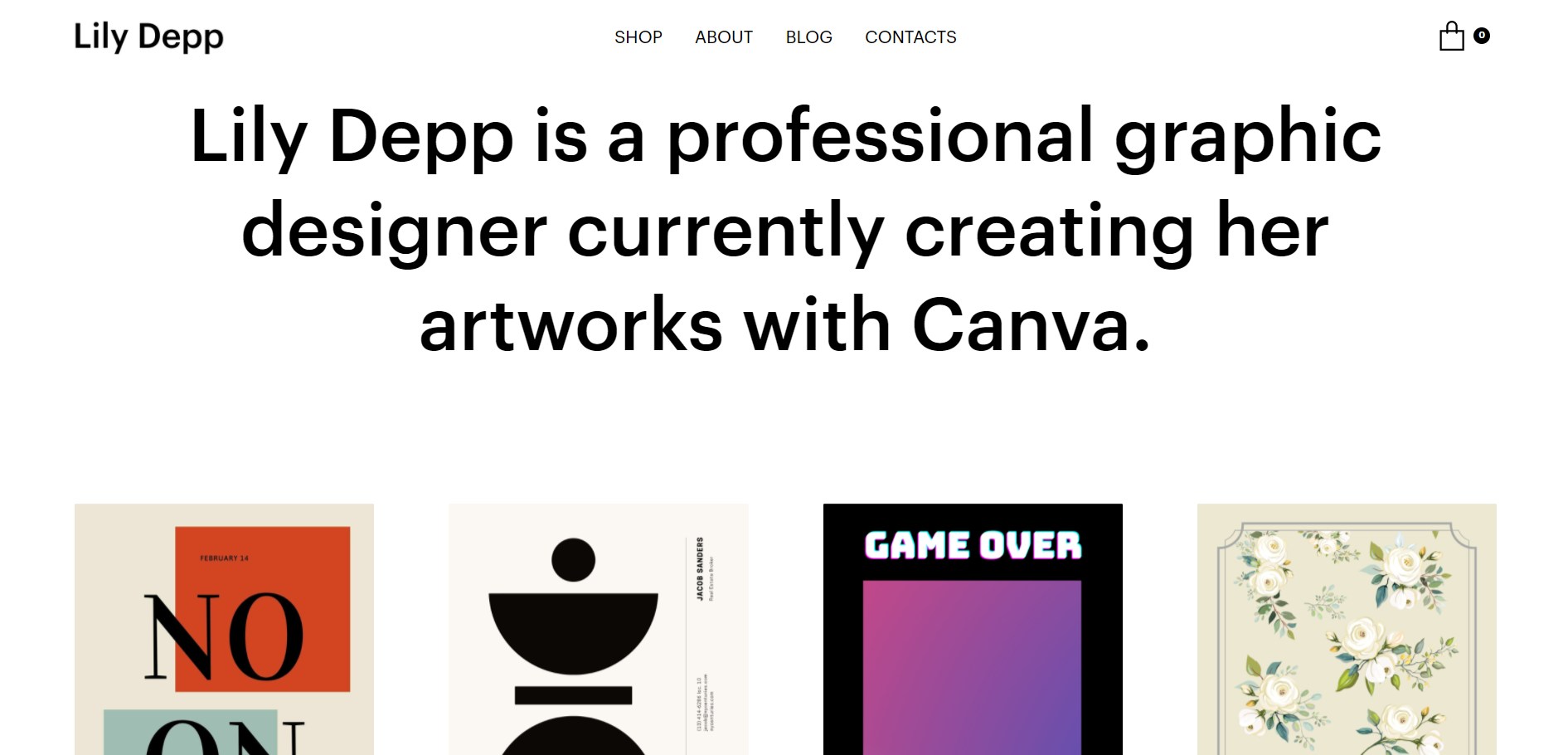
1. An Online Portfolio Provides a Platform to Highlight Your Best Work
An online portfolio is there for you to display your best work to the world on your terms. You can choose the layout of your portfolio, what pieces to show at the forefront, provide background information on every piece/project, and much more.
Sure, you can technically showcase your work on Instagram. Still, a website gives you the freedom and creativity to choose a professional template with some much-needed website pages and plenty of image/work galleries.
For example, you can dedicate a section or even page to your latest projects, another section for award-winning pieces, and even include an accessible archive. Moreover, your personality is also more likely to shine through when it is on your website.
If you want some tips on how to make an online portfolio to stand out from the crowd, check out what contemporary website designers have to say about the elements that make a great website these days!
2. It Boosts Your Online Presence
You’ve probably Googled people before and taken them more seriously when their website was one of the first results that popped up. An online portfolio will take your online presence to the next level and promote your brand.
Moreover, it can also become a source of inspiration for other creative-minded people. Your website might start getting features and mentions on various platforms across the web and gain significant popularity if the aesthetics & content are up to par. Highlighting your work on your platform will put you one step ahead in professionalism and dedication to your craft.
3. An Online Portfolio is a Business Card for Future Clients and Potential Employers
Say you want to expand your client base or plan to send in your resume for that dream job position. A digital portfolio is an excellent addition to your CV and current internet presence. Considering that most employers do a background check on potential employees before calling them in for an interview or hiring them, having your website will elevate your pitch tremendously.
Likewise, potential clients are also more likely to be impressed and consider your service if they see that you have taken the time to build an online portfolio. It allows you to present your work the way you want and reflects your aesthetic in the context you wish to. As a result, future clients will get a better idea of what you are selling and will be more likely to pick you over other experts in your industry.
Finally, an online portfolio is an excellent timesaving tool for future employers and clients. Considering how busy the current climate is, looking closely through resumes and social media profiles is not at the top of most people’s priority lists. A website is like a one-stop-shop for everything: your background, achievements, and best works. Plus, it shows a degree of awareness from your side and the desire to make people’s lives a little easier.
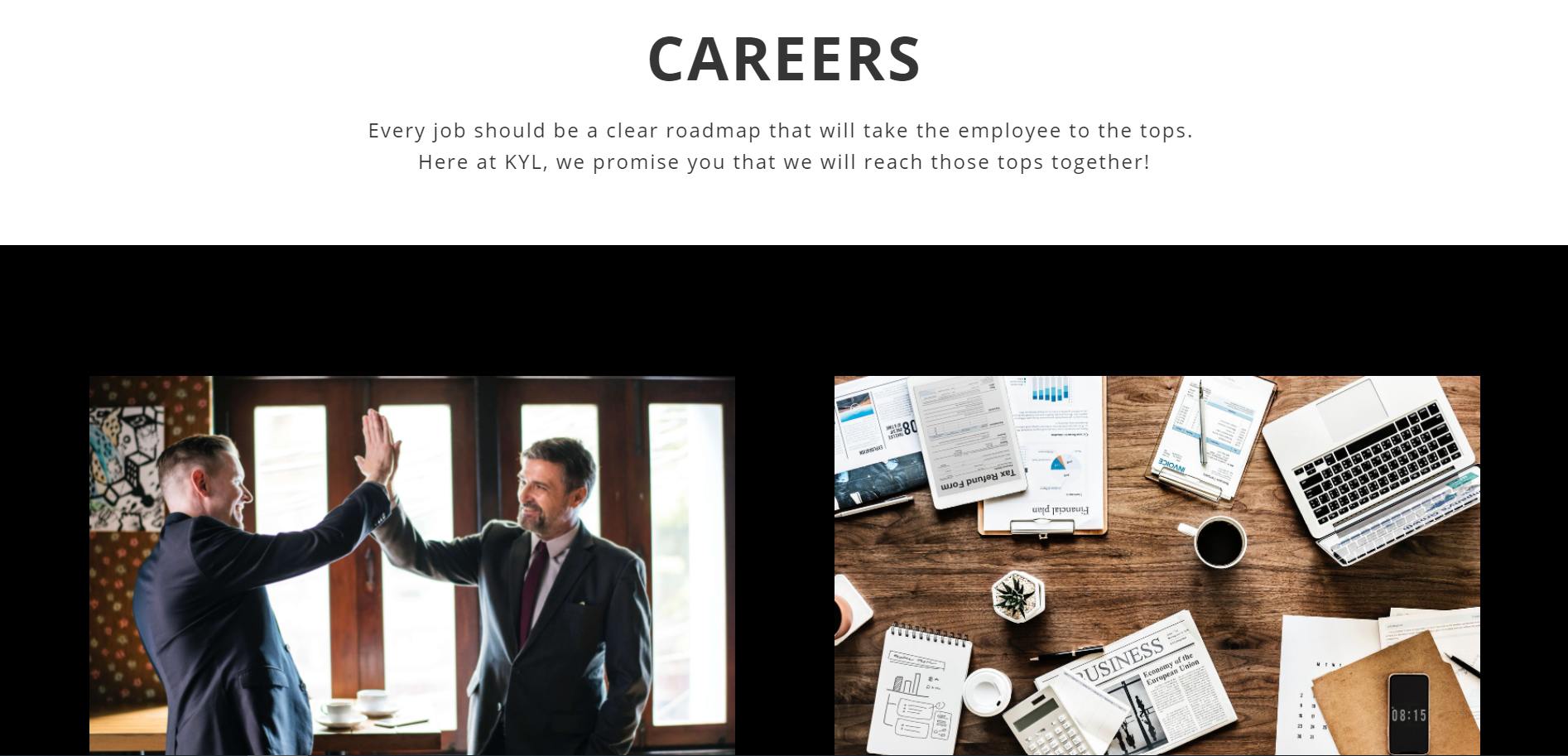
4. A Digital Portfolio Reflects Your Personality and Creativity
As we briefly mentioned above, an online portfolio is an excellent reflection of who you are as a person and a professional. You can choose how to present yourself, what works to display, what achievements to list, etc. Again, design and layout are essential here. Unlike social media profiles or an online resume, you can pick the colors, visuals, fonts, interactive elements, and even animations that best reflect your style. You can even show your sense of humor if you wish to do so and make yourself look more approachable.
The beauty and utility of a portfolio reside in its versatility and ease of use. You can edit it in just a few clicks. Likewise, you can add as much new content as you wish.
We recommend updating your website consistently, especially if you are often working on new projects and a lot is going on in your life. And even if there isn’t, there will still be fresh content from time to time to upload to your website. Don’t let your portfolio sit there and collect dust. You want people to click on it and see what you are doing now and how you are progressing as a professional. An online portfolio is also a reflection of your learning process.
One tip to amplify this effect: start a blog. Blogging is a great way to let your personality shine through while also updating your audience on the various aspects of your life/works. People already do this with Instagram all the time – they post the best pictures on their profile and everything else to their stories.
The only difference is that a blog is permanent, so people will be able to read useful content, learn about what you have been up to lately, and engage with you on a more personal level. Here are more blogging benefits you might want to consider before adding a blog section to your digital portfolio. Spoiler alert: blogging is still one of the most important digital means to build a worthy network of leads, clients, collaborators, etc.
5. Online Portfolios Establish and Strengthen Your Brand
Building on the previous benefit, an online portfolio helps you create a consistent brand and get your name out there. By choosing the design of your website, you are already creating your own aesthetic and “mood,” so to speak.
Thrown in a logo, and you are good to go. It’s great to set an overall theme for your website, especially one that matches your work and personality. However, unlike other platforms, a website allows you to create a specific image and establish your brand.
6. An Online Portfolio Exudes Consistency and Professionalism
Going the extra mile and putting effort into your portfolio provides a visual and verbal example of the level of dedication you put into your craft. In other words, an online portfolio makes a striking first impression. It shows you can cleverly communicate a message (the written content on your website) and choose the best ways to display that message (your website’s layout, galleries, work, etc.).
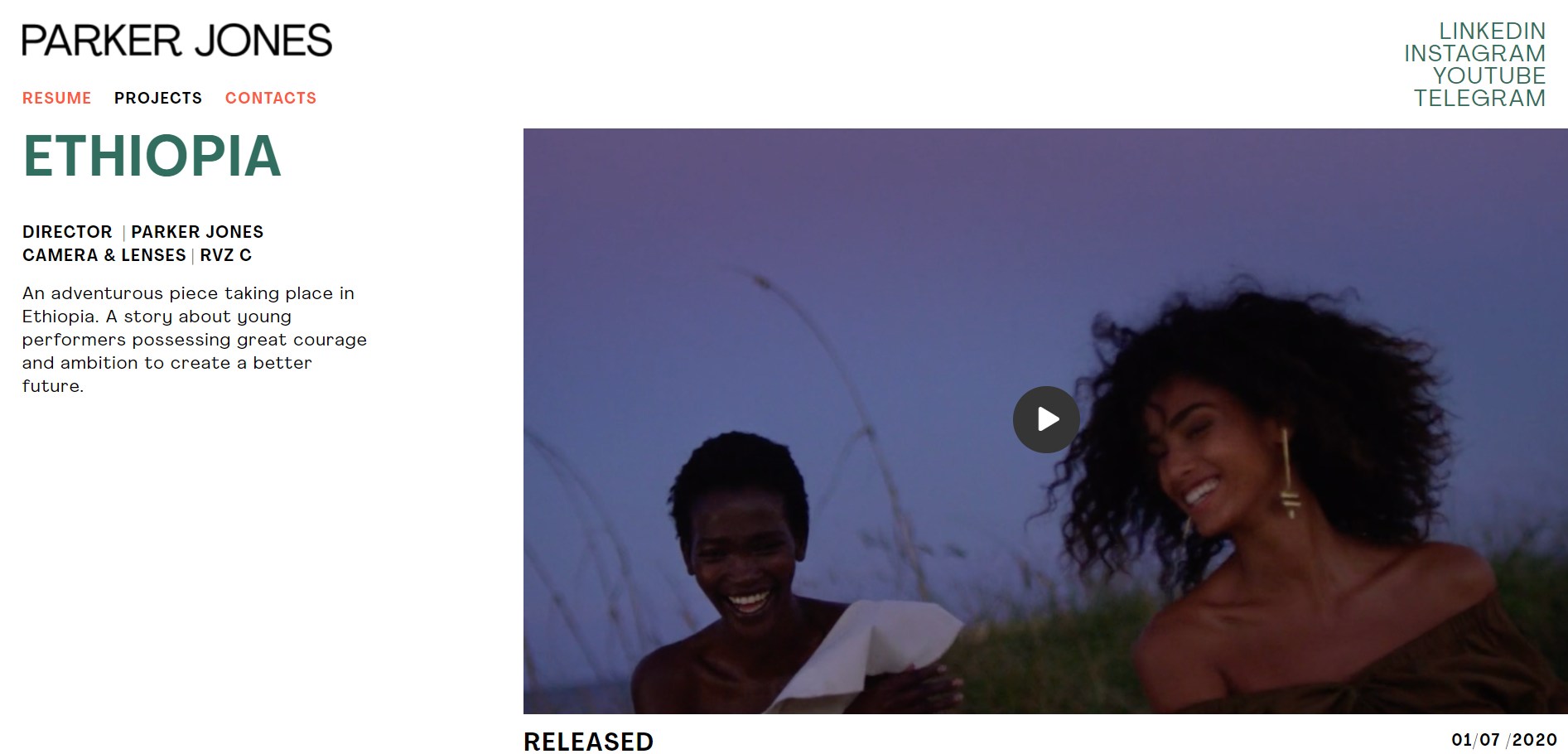
7. A Picture is Still Worth a Thousand Words (If Not More)
Sometimes, it is hard for people to explain in detail how something works. Moreover, going deep into technical stuff usually puts people off and makes them go elsewhere. While a CV is just a snapshot of your experience (also containing plenty of words), an online portfolio relies less on your verbal skills. So instead of telling people why they should hire you or work with you, why don’t you show them?
As a pro tip, you should also consider displaying your projects, achievements, mission, vision, etc., in video form. A quick (shareable) clip showing users the processes behind your work is a surefire way of convincing them you know what you do. It can also compel them to buy your products/services once they visually understand what everything is all about and what you can do for them.
Most people have no idea what “digital marketing consultancy” means. So it is best to show them. Then, when they visualize what it means to work with you, you are halfway there to close the deal with them.
How to Make an Online Portfolio
Now that you know why an online portfolio is essential let’s learn how to create one.
Unless you are somewhat of a website designer yourself, we recommend creating a digital portfolio from scratch. Instead, it is best to use a website builder to design and customize your portfolio just the way you want it.
If you're looking for that extra polish or feel overwhelmed, consider hiring a specialist from Ulab. They can guide you in crafting a digital space tailored to your needs.
The benefit of opting to use a website builder as an online portfolio creator is that you get to design your portfolio exactly how you want instead of trying to explain your vision to someone else. And don’t worry, most website builders are for people who have never dabbled in web design or coding in their life. For example, our website builder has beginners in mind, so take your time to check out various builders and pick the one which best suits your goals.
Although creating a website with a builder is relatively easy, we want to guide you through some of the key steps necessary to consider when creating an online portfolio that is likely to withstand competition. The advice below is universal, so let’s go through it.
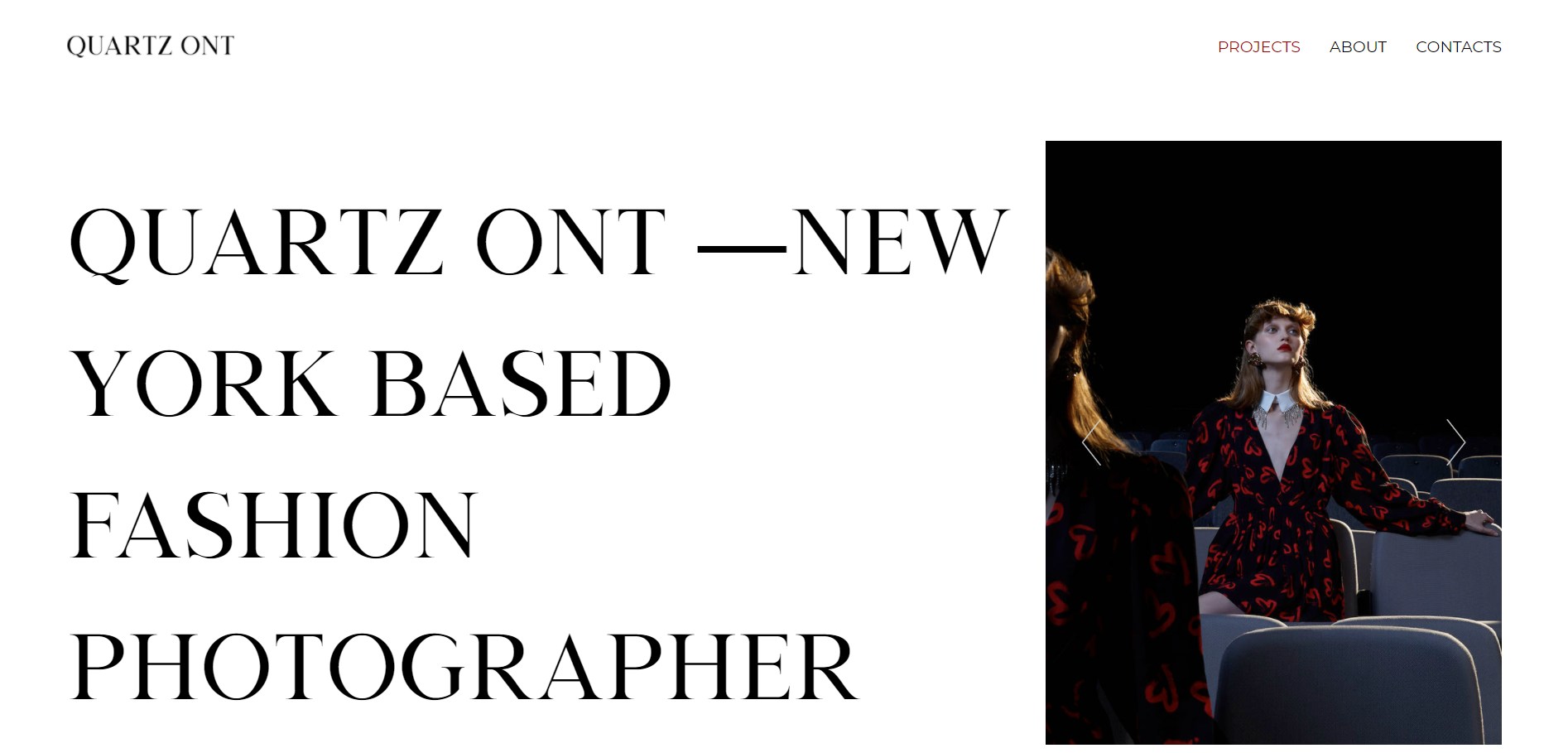
1. Create a Website for Your Portfolio
Select a website builder and choose a plan and domain name. After you sort these “administrative tasks,” you can pick a template and play around with it or keep the default design if it suits your brand. After that, it’s up to you.
Make sure to compress any images if necessary to avoid slow loading time and make your website as user-friendly as possible. Of course, the user experience should also be a priority. Moreover, before you launch into adding countless images and videos to your portfolio, make sure you optimize everything for web core vitals. Search engines must consider your website a model of good practices.
2. Set the Structure of Your Digital Portfolio
We have mentioned website structure before, but a quick reminder doesn’t hurt. Make sure you have the following pages/sections:
-
Introduction (a bit about yourself);
-
Projects;
-
Services you offer;
-
Contact page;
-
Social media icons for sharing your portfolio, works, or blog articles.
You can also include other pages or sections such as:
-
An online store (if you are selling your work);
-
Achievements (e.g., awards, nominations, prizes);
-
Social/trust proofs – testimonials from your satisfied customers, press mentions, logos of important collaborators/clients, etc.
3. Showcase Your Work
If you have a substantial number of projects or works, you might want to display your best pieces – quality over quantity.
You can also divide your work into various categories such as “New,” “Award-winning,” “Older projects,” etc., so that the visitor can immediately find what they need. In addition, you can categorize your work by industry, themes, users’ interests, etc. Finally, make sure the quality is up to par; blurry images and poor videos are a no-go.
Remember to provide context for each project. Include a name, brief description, why the project was a success, and what makes it special to you. Such details are intriguing to your visitors. Finally, and most importantly, remember to update your portfolio regularly.
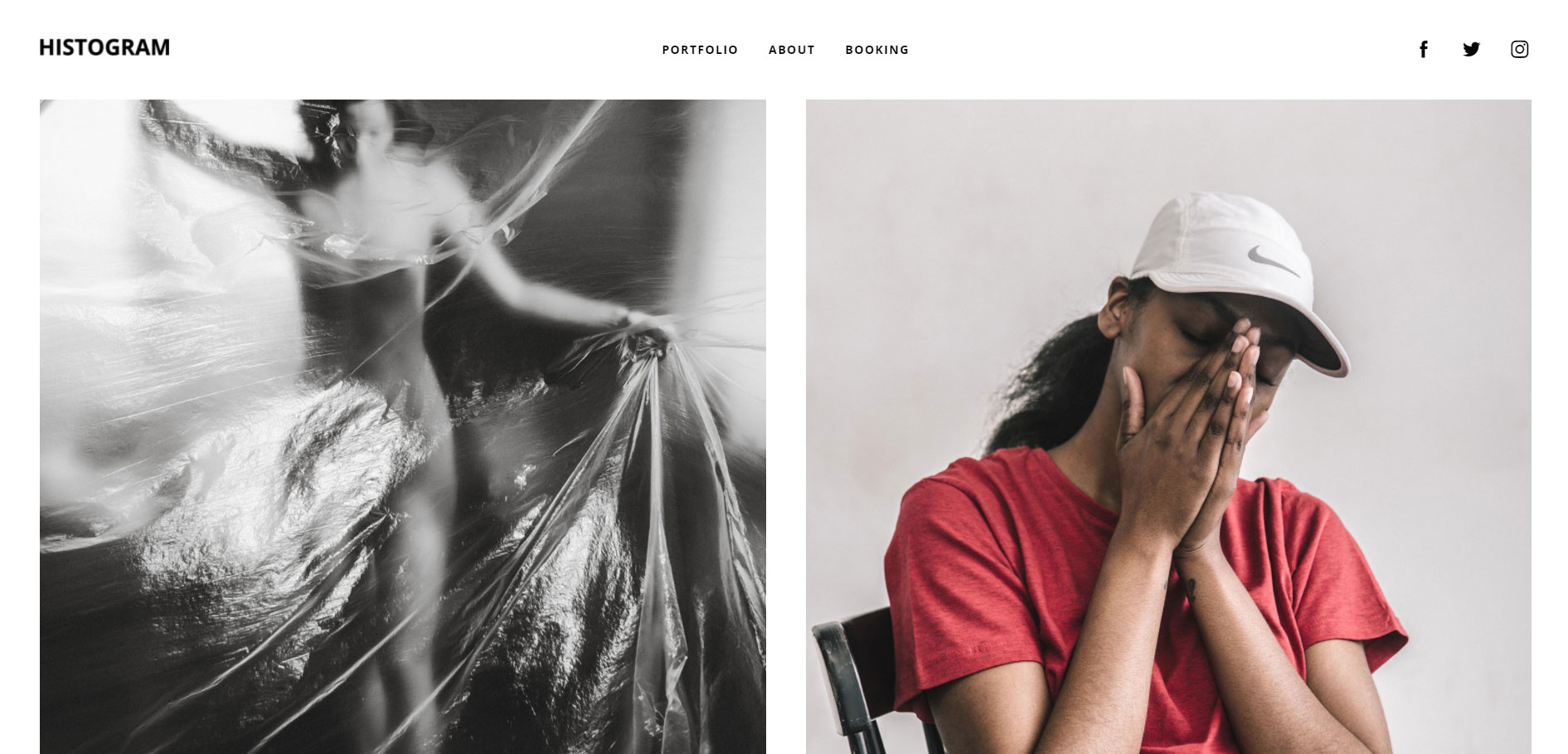
4. Present Your Services
If you are looking for work or new projects, you need to be clear about what you have to offer. This means listing every service you provide, as well as the price (if you choose to make this information public). Likewise, it would help if you guaranteed that your results would be of the highest quality. In short, your list of services should be clear and concise. With that, you are very likely to expand your client base or even get a terrific job offer.
5. Provide Key Information About Yourself
When presenting yourself as an artist/professional, there are important things to include aside from a basic description of yourself.
-
Make sure to list your achievements and skills, at least briefly.
-
You can also include testimonials from previous clients or employers since they will increase validity and show what value you bring to every project and job.
-
If you search for employment, make sure that this is very clear in your description; the same goes for freelance work.
-
Finally, make sure people know you are available, instead of leaving them to assume whether you are or not.
6. Include Your Contact Info
Remember to provide the necessary contact information so that potential clients and employers can easily contact you. In addition, update this section consistently if anything in your contact information changes.
As contacting and engaging with you goes, don’t forget about social media icons and online chatting apps. Of course, some people will also like to see your Instagram page or get a glimpse of your interests from your Facebook business page.
Suppose you want people to get in touch with you. In that case, multi-channel communication is mandatory, so a messenger integration, a clickable phone number, and one or two email addresses (you check out daily) are your way to go. Of course, a contact form doesn’t hurt either!
Building an Online Portfolio: An Extra Checklist
Before moving on to the next section of this guide, we want to give you an extra checklist to keep close when you create your digital portfolio. You cannot skip any detail!
-
Your portfolio should be available on all devices: desktop, tablet, and mobile.
-
Avoid going overboard with a quirky design; unless your brand calls for it, simplicity is key most of the time.
-
Dabble a bit in SEO (search engine optimization); include relevant keywords in your content, and optimize your meta titles and meta descriptions for each page.
-
Test out your website once you finish it, or get someone to test it for you. Make sure to spot and correct any flaws, starting with your website’s mobile-friendliness and ending with the position and color of your CTA buttons!
-
Consider adopting some modern marketing strategies to build your online presence and check all the free portfolio promotion opportunities you have on the Internet!
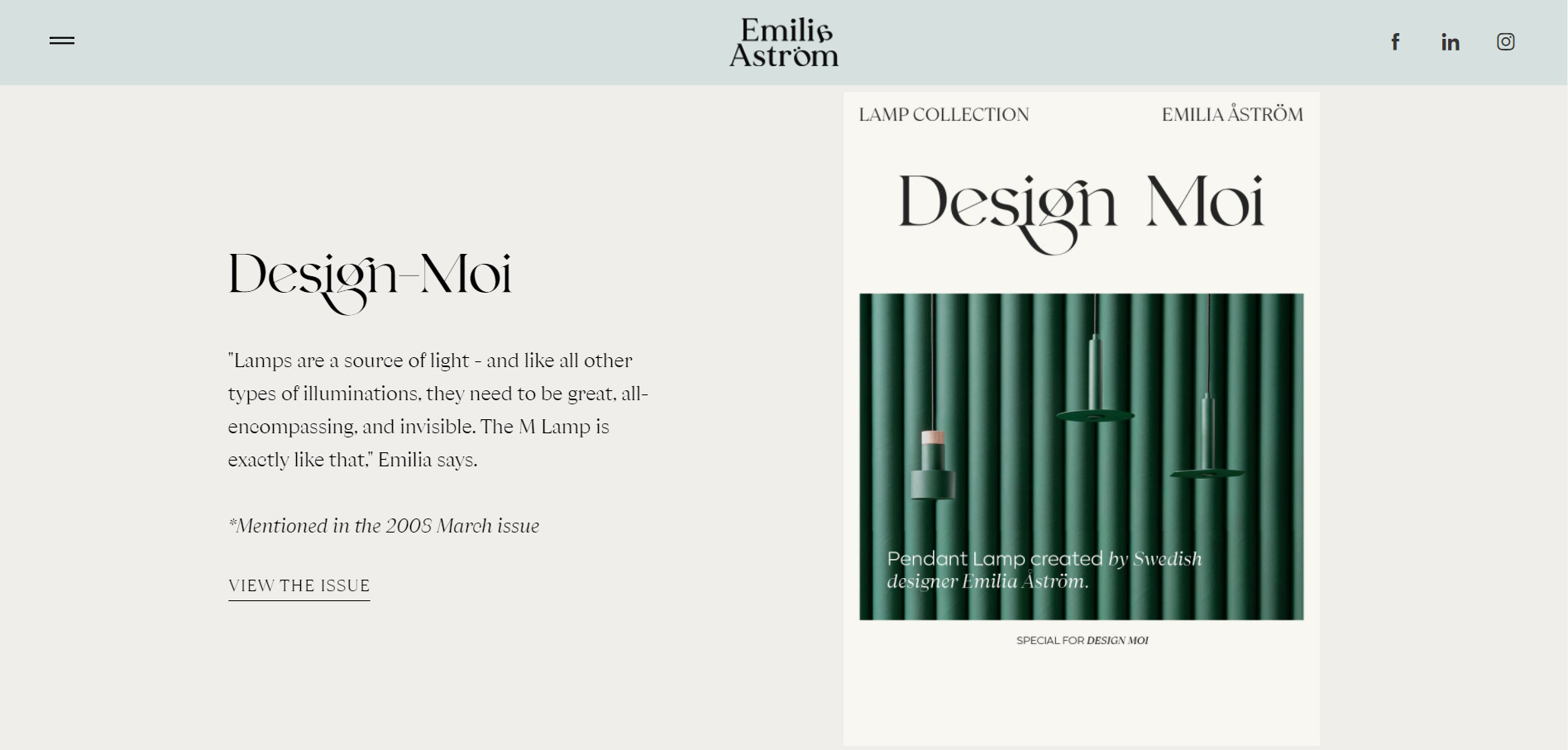
Why and How to Make a Portfolio: Expert Tips
We decided to discuss this topic further with our art director Mher, who has created several portfolios in his time. As someone with extensive experience in this field, he had some insights on the topic, which you can check in this mini-interview.
Ucraft: What is the main benefit of having an online portfolio?
Mher: You present yourself and your work exactly how you want to and put yourself out there.
Ucraft: What professions require a portfolio?
Mher: If you are an artist or designer, you need one for sure. Of course, any professional can create one, but it’s a must for anyone working in the creative industry.
Ucraft: In your opinion, what is the best layout/design?
Mher: There are two key aspects to the design of a portfolio:
1. Less is more. Keep it minimal and stay away from flashy designs.
2. Provide all of the necessary information straight away. It should be at the forefront of your website.
Ucraft: What advice can you give in terms of deciding what work to include?
Mher: You need to include your best work and provide context for it. But, on the other hand, don’t overcrowd your portfolio with every single piece or minor detail.
Ucraft: What about providing personal information?
Mher: I prefer to start with the basics, such as my name, age, workplace, and professional experience. However, I also like to speak about my hobbies and passions to get a better idea of who I am. For example, I might dedicate a couple of sentences to my love for windsurfing or mention the genre of music that makes me feel like my best self.
Ucraft: Ok, thanks, Mher! Any final advice for people just starting to create their portfolios?
Mher: Yes. Make sure to consider the following points:
-
Less is more
-
Aesthetics and content are key
-
Avoid fancy animations - don’t do too much
-
Don’t crowd your website with too much text
-
Think differently than your competitors
For more inspiration, check out these great artist portfolio designs. You can also look at our guide on creating an amazing music website to draw an audience to your art!
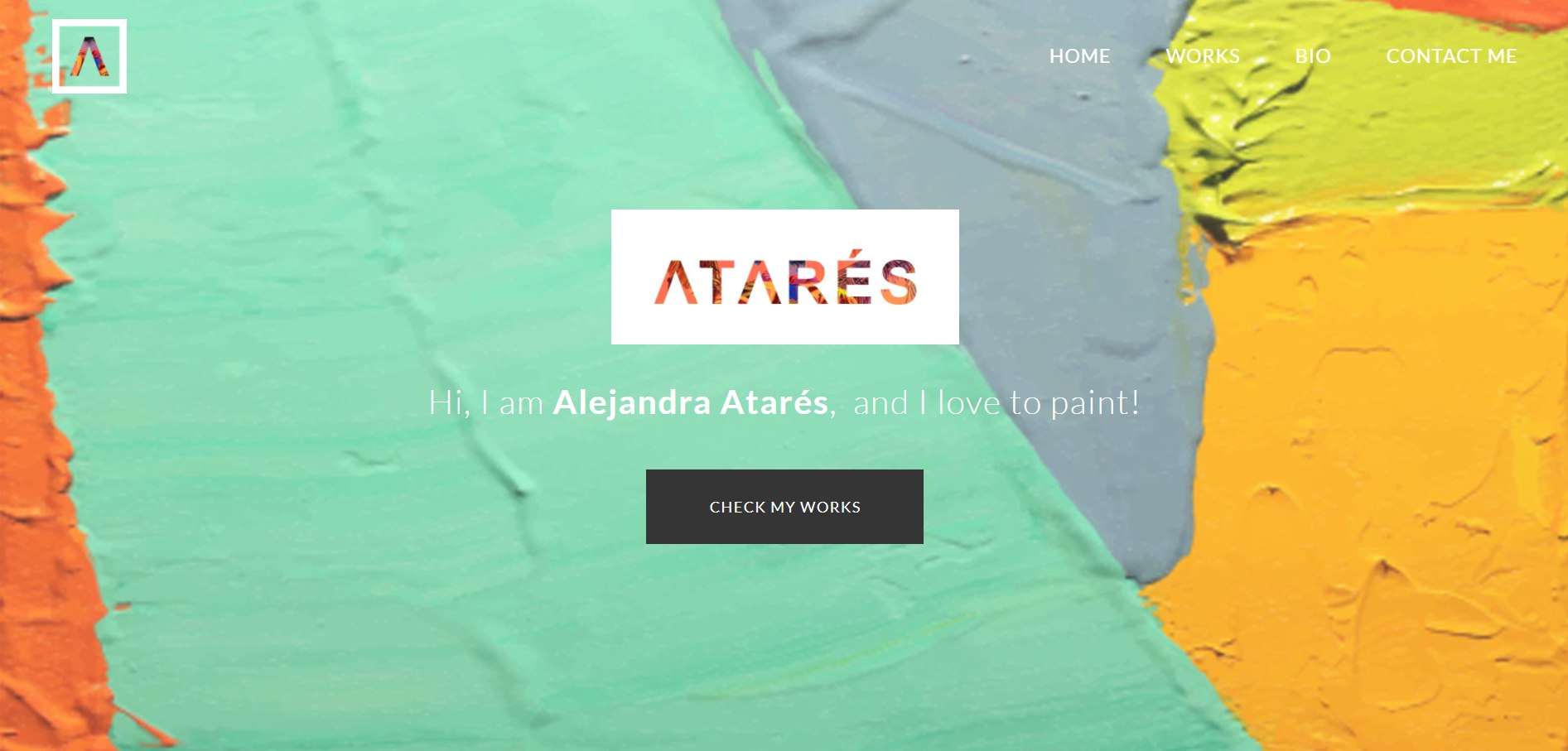
So that’s a wrap! Creating an online portfolio will reap many benefits, including a wider audience, a more professional image, a stronger personal brand, and even more work opportunities. We’ve covered the advantages, given a brief overview of making an online portfolio, and even shared a few essential tips from our art director.
Now it’s your time to shine! Make a name for yourself as a creative soul and build your website today.
Related posts
446,005 entrepreneurs like you already have a head start
Become one of them by getting world-class expertise delivered into your inbox, for free.











